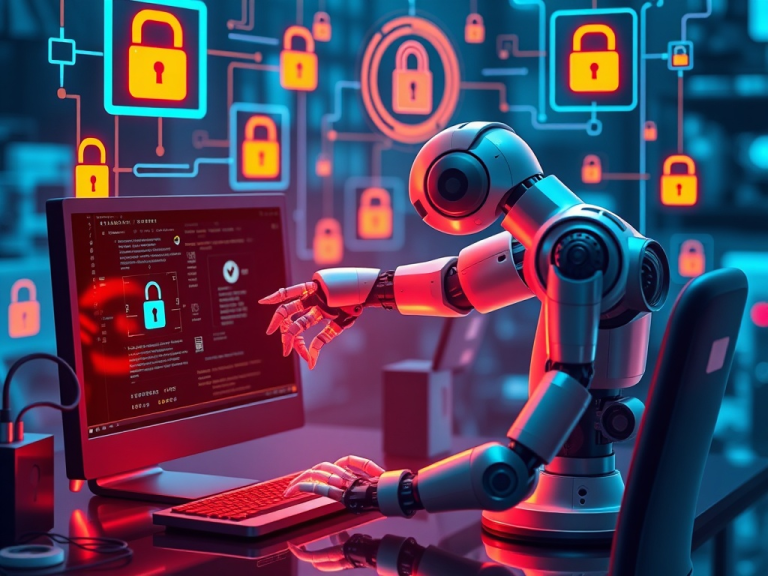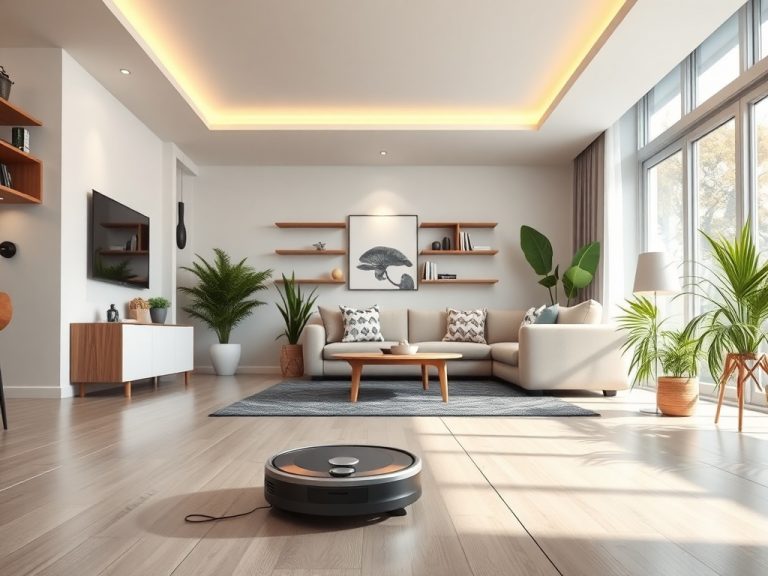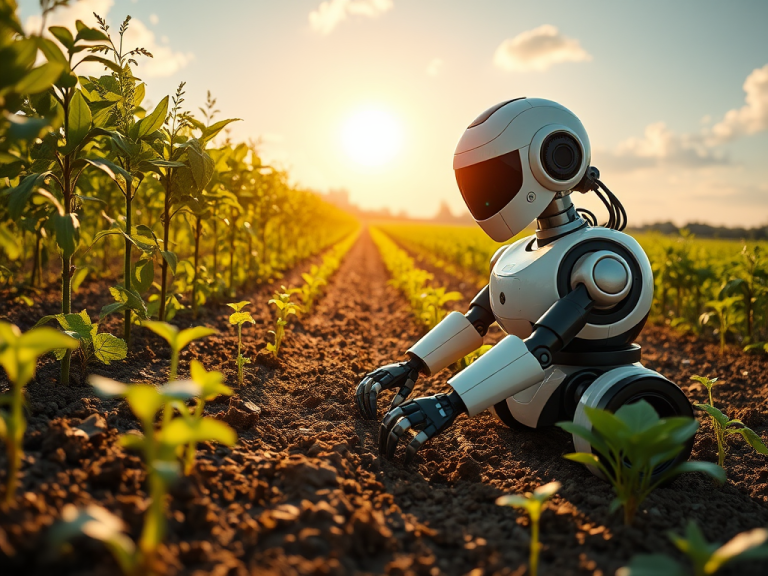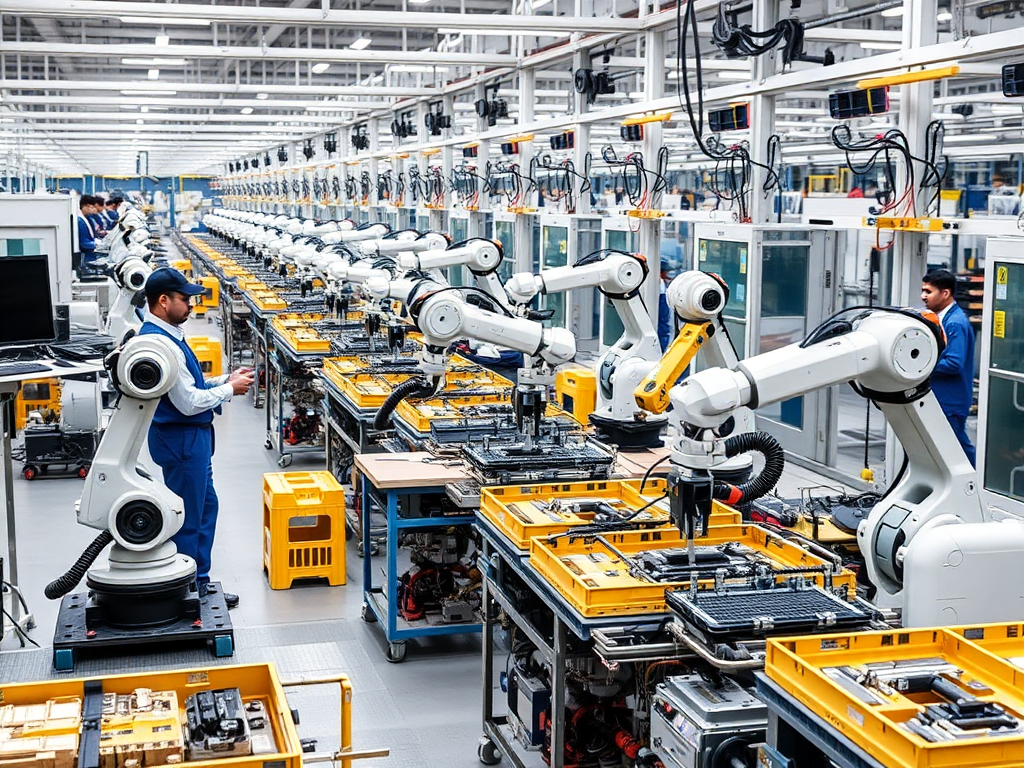
Introduction
Robots and automation are becoming a bigger part of our lives, changing how we work, communicate, and even relate to each other. While these technologies can make tasks easier and more efficient, they also bring up important ethical questions. This article will explore the main ethical issues related to robotics and automation, focusing on employment, privacy, safety, the moral status of robots, and the impact on society.
Impact on Jobs
Job Loss
One of the most significant concerns about automation is job loss. As machines and software take over tasks that people used to do, many workers may find themselves without jobs. For example, self-checkout machines in grocery stores reduce the need for cashiers, and robots in manufacturing can replace factory workers. This creates a pressing question: what should companies and governments do to support those who lose their jobs?
Job Creation
On the flip side, automation can also create new jobs, especially in technology, maintenance, and programming. For instance, as more companies adopt automated systems, they need skilled workers to manage and maintain these technologies. However, the challenge is to ensure that these new jobs are accessible to those displaced. Governments should invest in education and training programs that help workers learn new skills relevant to the changing job market.
Reskilling and Upskilling
Reskilling—teaching workers new skills for a different job—becomes crucial in this transition. Upskilling, or enhancing current skills, is equally important. Companies can partner with educational institutions to provide training programs, helping employees adapt to new roles in a tech-driven world. This collaborative effort can minimize the negative impact of job displacement.
Privacy Issues
Data Collection
Many automated systems rely on extensive data collection to function effectively. This raises ethical questions about privacy and consent. For example, smart devices often gather information about user habits, preferences, and locations. While this data can enhance user experience, there is a significant risk of misuse. Organizations must prioritize transparency, informing users about what data is collected and how it is used.
Surveillance
The use of robots for surveillance in public spaces raises additional ethical concerns. While these systems can enhance security, they can also infringe on individual privacy rights. For instance, drones monitoring public areas may track people’s movements without their consent. Striking a balance between safety and personal privacy is crucial in the ethical discourse surrounding robotics.
Data Security
Moreover, data security is a critical issue. With the increase in data collection, the risk of cyberattacks grows. Organizations must implement strong security measures to protect sensitive information. Ethical considerations should guide how data is stored and shared, ensuring that personal information is not exploited or leaked.
Safety and Accountability
Algorithmic Decision-Making
Automated systems often rely on algorithms to make decisions, especially in critical sectors like healthcare and transportation. For instance, self-driving cars must make split-second decisions that can affect lives. The ethical implications of these decisions are profound. Developers must ensure that algorithms are designed with fairness, transparency, and accountability in mind. If an automated system makes a mistake, understanding why it happened is essential for accountability.
Liability
When accidents occur involving robots, questions of liability arise. Who is responsible for the actions of an autonomous machine? This issue complicates legal frameworks. For example, if a self-driving car causes an accident, should the manufacturer, the software developer, or the owner be held accountable? Clear regulations are needed to address these questions and establish who is responsible in various situations.
Moral Status of Robots
Consciousness and Rights
As robots become more advanced, discussions about their moral status intensify. Should robots be granted rights or protections, especially if they exhibit behaviors akin to consciousness? While current robots lack genuine sentience, the ethical considerations surrounding their treatment and use in society merit serious reflection. For instance, if a robot can simulate emotions or responses, should it be treated differently than a traditional machine?
Human-Robot Relationships
The increasing integration of robots into daily life can alter human relationships and social dynamics. For example, robots designed for companionship, such as social robots for the elderly, raise questions about emotional attachment. If people begin to form bonds with robots, what impact does this have on their relationships with other humans? It’s essential to consider the psychological effects of these interactions and how they may shape our understanding of companionship and care.
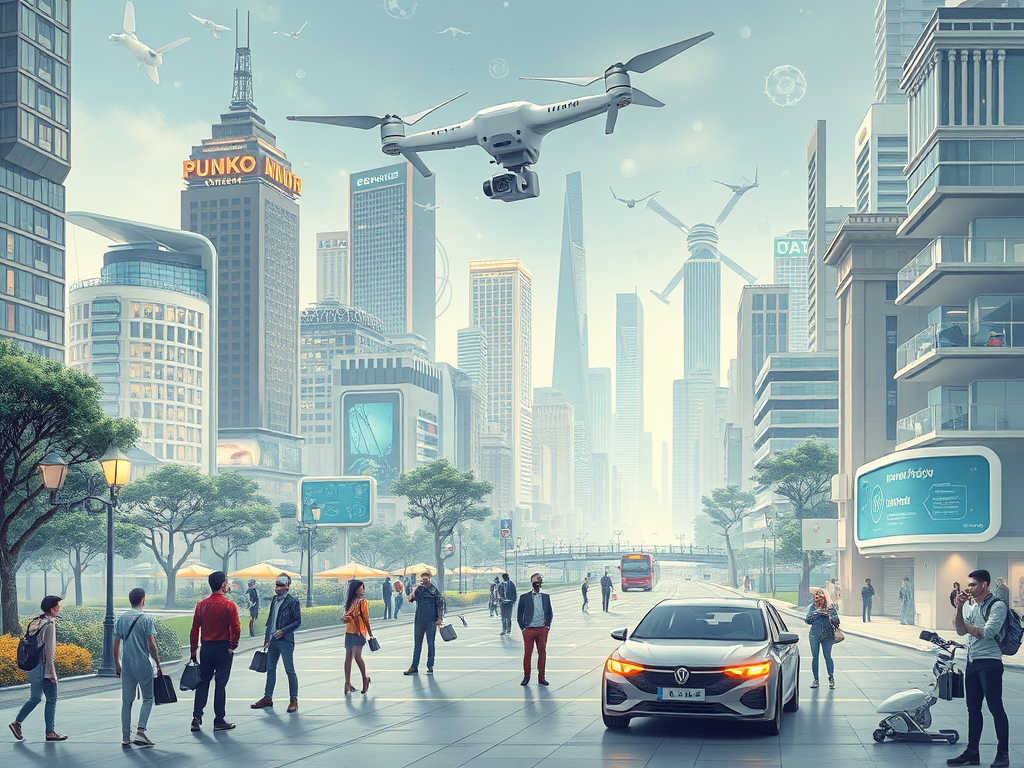
Social Impact
Inequality
The rise of robotics and automation can also widen the gap between those who have access to technology and those who do not. Wealthier individuals and companies may benefit more from automation, leaving behind those who cannot afford the latest technologies. This raises ethical questions about fairness and equal opportunity. Policymakers should consider ways to ensure that everyone can benefit from technological advancements, such as investing in community programs that provide access to training and resources.
Cultural Changes
Automation can also lead to cultural changes as society adapts to new technologies. For example, as robots take over certain tasks, people may need to redefine work and leisure. The ethical implications of these shifts must be examined, as they can affect social structures, family dynamics, and individual identities.
Conclusion
The ethics of robotics and automation encompass a complex web of issues, from job displacement and privacy concerns to safety and moral status. As technology continues to evolve, it is essential for all stakeholders—governments, businesses, and society—to engage in meaningful dialogue about these ethical challenges. By proactively addressing these concerns, we can harness the benefits of robotics and automation while minimizing their potential harms.
Ultimately, the goal should be to create a future where technology enhances human life without compromising ethical standards. This requires a commitment to fairness, transparency, and accountability as we navigate the changing landscape of work and society. Through collaboration and thoughtful consideration, we can ensure that robotics and automation serve the greater good.
